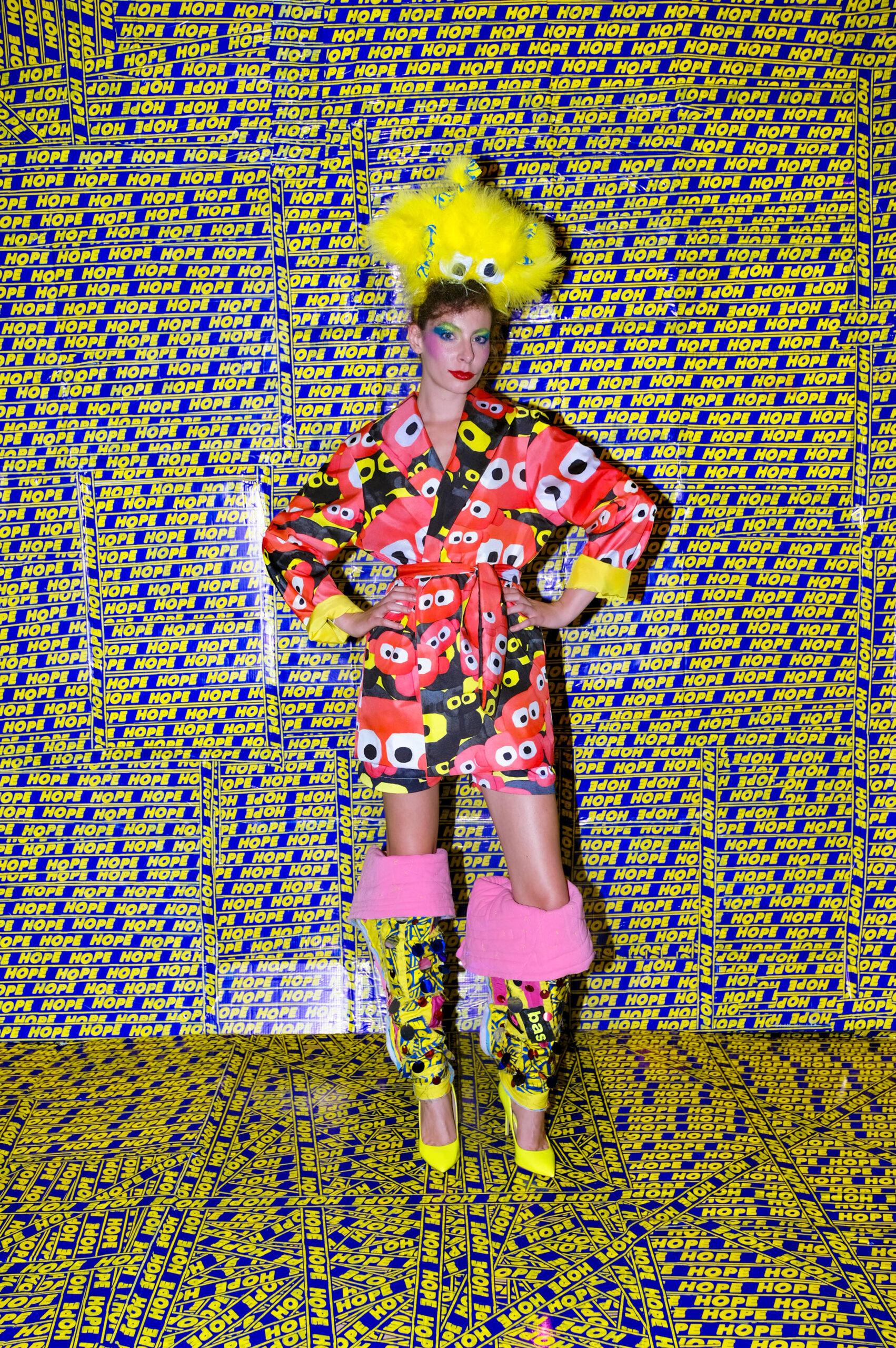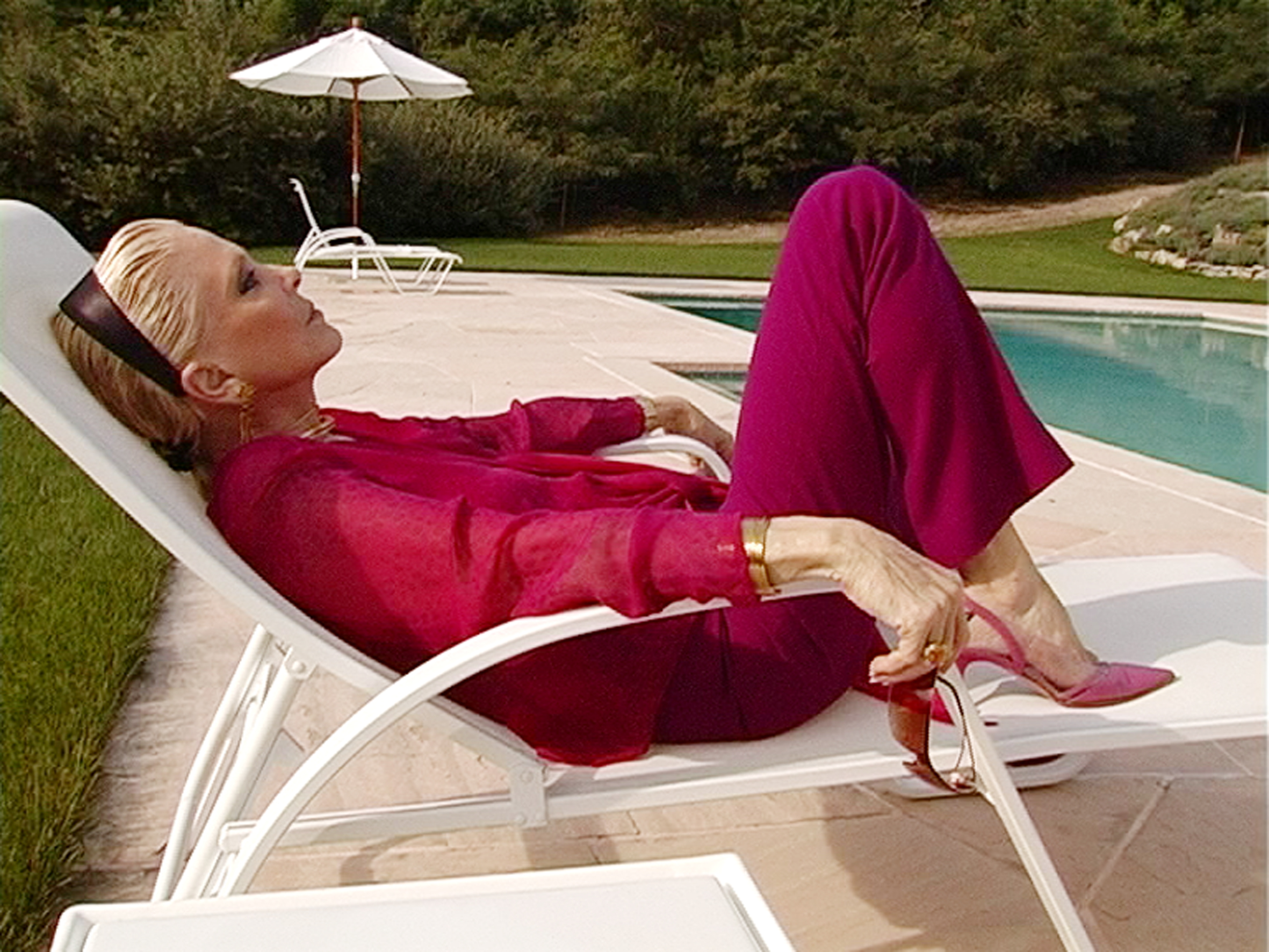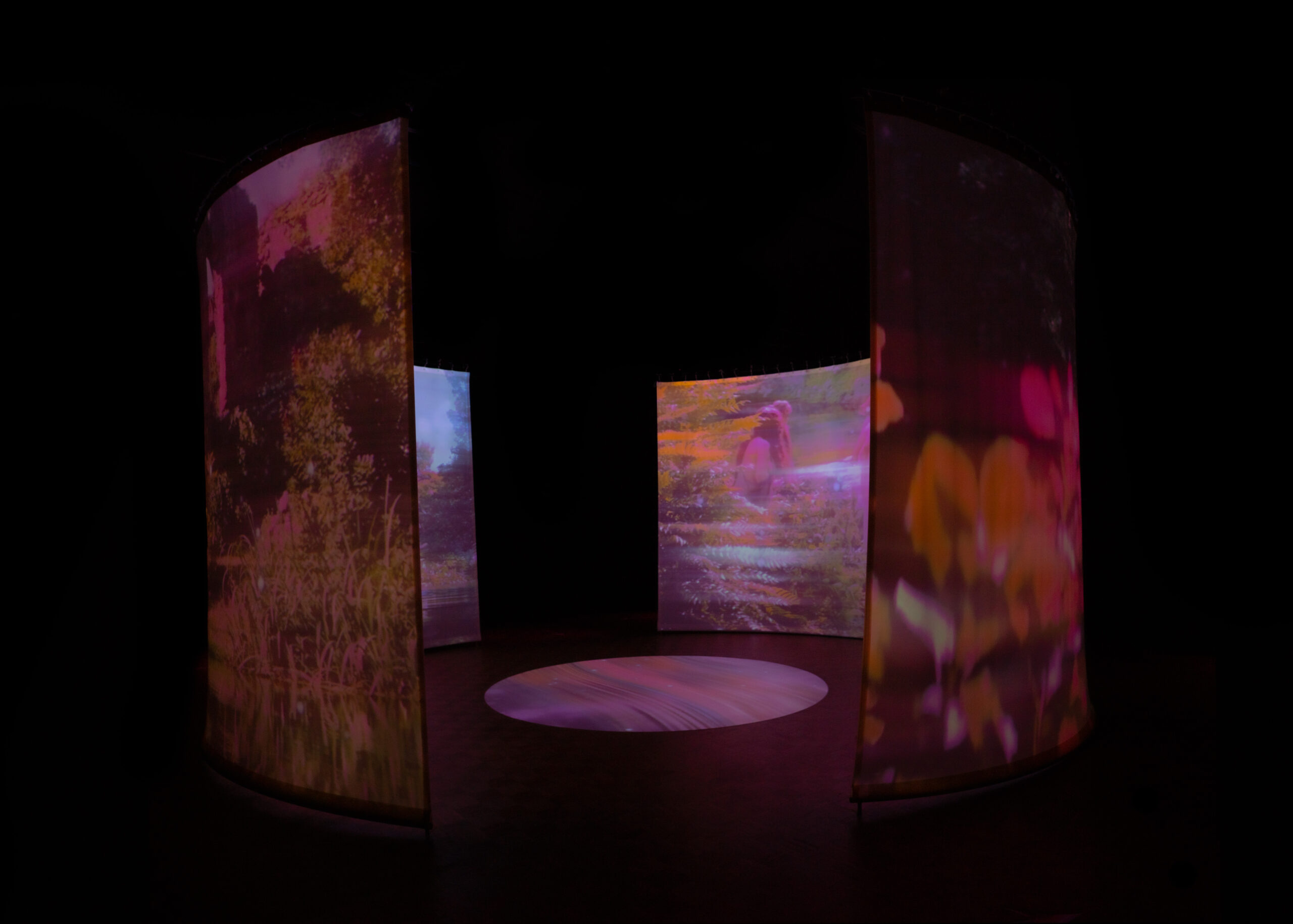The Kunsthal exhibition that will make you quake in your designer boots.
Our culture’s zeitgeist has always been — and will always be — visually represented by fashion trends. Pioneering designers like Walter van Beirendonck, Raf Simons and Bas Kosters have often used youth culture as a source of inspiration, but it seems that nowadays our obsession with ‘youthfulness’ has taken over our beauty standards as well. Contrasting these unrealistic expectations with a positive appraisal of the so-called Gucci-like ‘granny looks’, it seems evident our societies are still struggling to find a balance sometimes. One thing remains clear: age is just a number, and youth is just a construct! In collaboration with the interdisciplinary design studio MAISON The FAUX, Kunsthal Rotterdam‘s thrilling new exhibition Youthquake explores all the ways our western culture has become infantilised with youthful attitudes and appearances through the mediums of photography, film, and fashion. The exhibition, divided into three parts — the past, present, and future — explores how these different historical developments and narratives have influenced our views on what ‘being youthful’ means. We had a talk with curator Annemarie Nycolaas to find out more about the symbolism, contrasts and cultural trends we encounter when it comes to this inescapable millennial hyperfocus on ‘youth’.

Bas Kosters, HOPE, photo Marc Deurloo
Hi Annemarie! First of all, congrats with Kunsthal’s reopening! How has it been like for you, finally being able to exhibit Youthquake in real life?
I’m so happy we can – finally – show Youthquake to the audience!
Youthquake is a very multimedia focussed exhibition, from fashion to photography and video, it has a little bit of everything! What made you opt for this multidisciplinary approach, instead of focussing on just one field?
Fashion is a reflection of the zeitgeist, and to capture this spirit we mixed photography, video and fashion in the exhibition. With this approach, we emphasised the impact of visual culture. This is also the reason why the exhibit starts with an immersive audiovisual prologue of the exhibition narrative.
Once you enter the exhibition, you immediately become submerged in ethereal visuals of fruitful imagery and fairy-like fields. What was the symbolism and intention behind this?
The fairytale-like scenography was thought up in close collaboration with design studio MAISON the FAUX. During the concept phase, we talked a lot about the symbolism of the process of aging. We found inspiration in the impermanence of nature, the beauty that exists in all the different phases, from the exuberant power of flourishing nature to the stilled disintegration. Through the scenography, we also wanted to show that the pursuit of eternal youth is a fairy tale, one we are only too happy to be seduced by.
MAISON the FAUX has created spaces based on “a stage and season in both life and nature” as well as on “the urge of fashion, media and culture to control our inevitable nature of aging”. What was the concept behind this?
That’s right. From the very first stages of developing this exhibition, we thought about the – equal – interplay between the scenography, narrative, and objects. Throughout the creative process, we looked at connecting the individual elements to enhance the complete experience.
Throughout the exhibition, we see a lot of paradoxes and contradictions around that ‘eternal longing for youth’. On one hand, personalities like Iris Apfel symbolise a positive mindset of always keeping your ‘inner child’ close to you, whilst on the other hand, Julika Rudelius ‘Forever’ film highlights the rather toxic aspects of how some American women try everything to maintain that ‘youthful’ look. Could you tell us more about these interacting contradictions?
These contrasts are intentional. There are a lot of contradictions within this theme that we wanted to show. The room where the work of Judika Rudelius is exhibited embodies a darker side of the pursuit of youthfulness. The works of photographer Juno Calypso are also exhibited in this room, and with its visual language that is as terrifying as it is sweet, the artist manages to stop time – and the process of aging – completely.

Julika Rudelius, Forever (2016) (film still)
By contrast, the next room presents the positive vibe of people such as Iris Apfel. In the series by photographer Luis Monteiro, shot in Apfel’s Miami apartment, the symbiosis between fashion and youthfulness is emphasized by the childish accessories and setting where teddy bears, sweets, and dolls are combined with designs by Gucci, Marc Jacobs, and Giambattista Valli. The work of American photographer Ari Seth Cohen also features stylish golden-agers; a project he initially started because of the absence of mature faces in fashion media.
Is the intention here to make us – as the visitors – more aware of this extreme focus on youth in the fashion and art field, or perhaps also on our societal views on beauty? If so, could you elaborate on that train of thought?
For sure, the eternal search for youthfulness seems to be inherent to human nature. Our visual culture, dominated by the constant stream of images on social media, keeps confronting us – despite recent countermovements – with unattainable body images. Plastic surgery and botox are no longer taboo in the (fashion) world. And the conversation about youthfulness is turning more into a conversation about holding on to a ‘young’, attractive appearance – up to the point where youthfulness and desirability seem to mean the same thing. More models over the age of 50 are appearing on the runways, and big campaigns are representing more mature faces (wrinkles and all). There’s a newfound appreciation for aging, with a visible nod and/or ‘up yours’ to the youth.
In terms of fashion, we have seen a historical development of ‘the younger and the thinner, the better’, whilst back in the days, there was no such thing as special clothing tailored to kids. In fact, the color pink for girls and blue for boys only became a thing because of marketing in the 1950s! How can all these different developments be traced back to the fashion we see on the runway nowadays?
From the moment that young people were recognized as a separate (target) group back in the sixties, the marketing of youthfulness was taken much further. The models that advertise the clothing become just as important, if not more important, as the clothes they wear. Fashion trends are more and more focussed on accentuating the ‘perfect body’, and brands fully capitalize on this in both their marketing and fashion collections.
To this very day, it’s the young generation that sets the trends. With constant exchanges taking place between (sub)cultures, most often online, there’s no longer such a thing as a uniform fashion style. New styles are created in the streets and spread faster than ever through social media. The works of prestigious designers such as Raf Simons and Virgil Abloh (Louis Vuitton) are a complete melting pot. The street is the catwalk, and the catwalk is the street.

Atelier Pamfilie
Get your Youthquake tickets here!
Words by Brechtje Polman